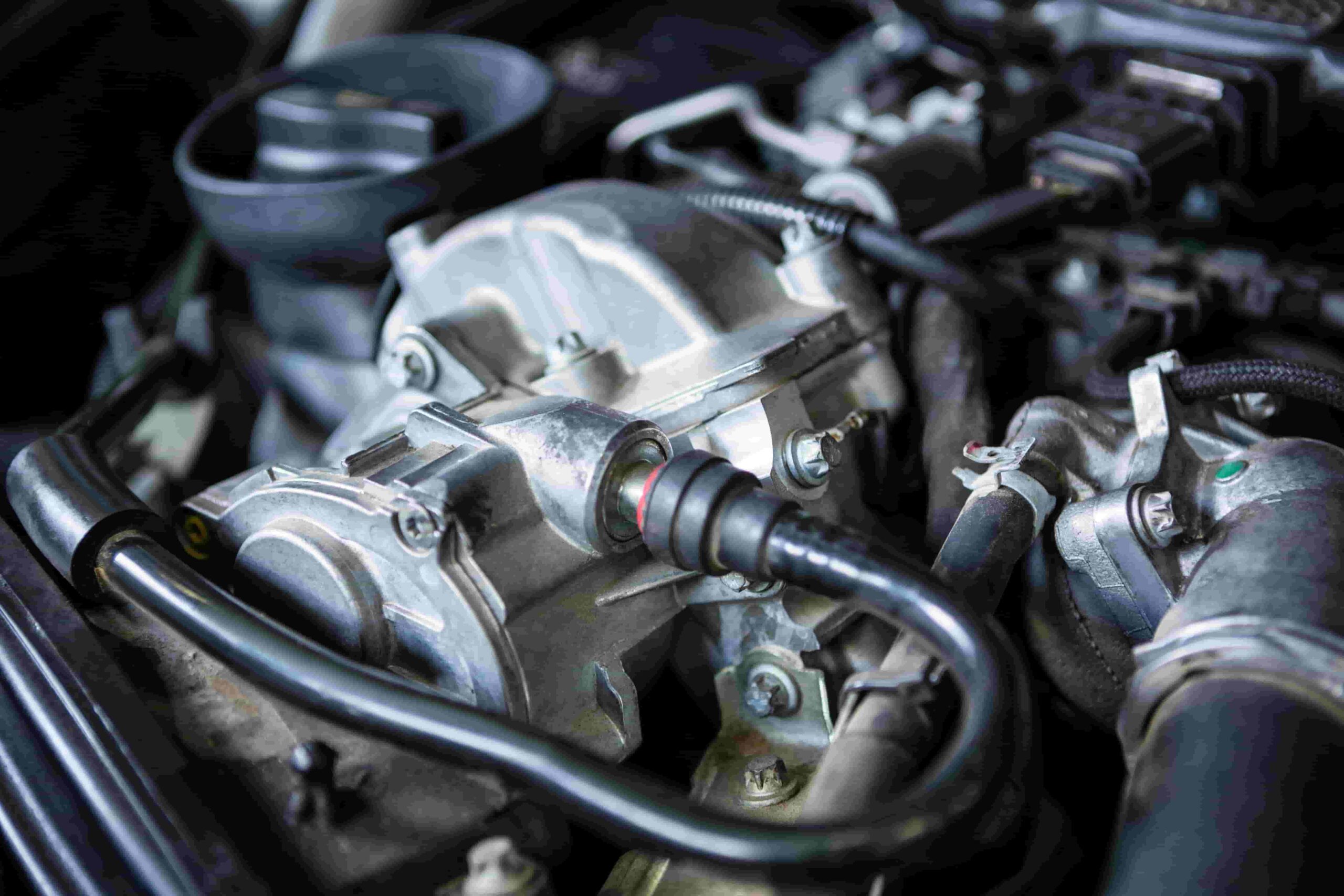In a world where sustainability is becoming increasingly crucial, auto recycling offers a brilliant solution to two mounting problems—automotive waste and environmental degradation. If you’re an eco-conscious consumer, an automotive enthusiast, or an environmental activist, this post will steer you through the fascinating ecosystem of auto recycling and its significant environmental benefits.
Introduction
Imagine a world where old, rusty vehicles don’t clutter junkyards but instead contribute to creating new products and conserving our planet’s resources. Auto recycling makes this possible. This comprehensive guide explores how recycling vehicles can lead to a more sustainable future. We’ll break down the steps involved, highlight the benefits, and offer practical ways for you to make a difference. By the end of this post, you’ll understand the importance of auto recycling and feel empowered to support this green initiative.
The Process of Auto Recycling
Collection
The first step in auto recycling is collecting end-of-life vehicles (ELVs). Specialized facilities, known as auto recyclers or salvage yards, receive these vehicles. Some cars arrive in tow trucks, having been in accidents or deemed unrepairable, while others are voluntarily turned in by owners looking to dispose of their old cars responsibly.
Dismantling
Once at the recycling facility, the vehicle undergoes dismantling. This phase involves removing usable parts such as engines, transmissions, and batteries. These parts are cleaned, refurbished, and sold in the second-hand market, offering a cost-effective and sustainable alternative to new parts. Fluids like oil, coolant, and gasoline are also safely drained to prevent environmental contamination.
Shredding and Material Recovery
The remaining vehicle shell, now stripped of useful components, is fed into a shredder. This machine breaks it down into small pieces of metal, plastic, and glass. Advanced sorting technologies then separate these materials. Metals are melted down and reused in manufacturing, while plastics and glass are processed for use in other industries. It’s a highly efficient system that maximizes resource recovery and minimizes waste.
Environmental Benefits
Reducing Greenhouse Gas Emissions
Auto recycling plays a pivotal role in reducing greenhouse gas emissions. Manufacturing new car parts from raw materials requires significant energy, often derived from fossil fuels. By reusing metals and other materials from recycled vehicles, we cut down on the need for energy-intensive mining and manufacturing processes, leading to lower carbon emissions.
Conserving Natural Resources
Auto recycling helps conserve precious natural resources. Metals like steel, aluminum, and copper are finite resources that demand extensive mining efforts. Recycling existing materials means we extract less from the earth, preserving biodiversity and reducing the environmental impact of mining activities.
Minimizing Landfill Waste
Without recycling, end-of-life vehicles would likely end up in landfills, contributing to pollution and taking up valuable space. Auto recycling ensures that most parts of a vehicle are repurposed or recycled, significantly reducing the amount of waste that ends up in landfills. This practice not only protects the environment but also mitigates the strain on waste management systems.
Economic and Social Implications
Community Benefits
Auto recycling has substantial economic benefits for communities. The industry generates billions of dollars annually and supports local economies by creating jobs. Workers in salvage yards, processing plants, and refurbishment centers all contribute to a thriving sector that promotes sustainability.
Job Creation
The auto recycling industry provides a range of job opportunities, from skilled technicians who dismantle vehicles to salespeople who market reclaimed parts. These positions often require specialized training, contributing to workforce development and offering stable employment in various regions.
Cost Savings for Consumers
For consumers, the availability of affordable, refurbished auto parts is a significant advantage. It allows car owners to maintain and repair their vehicles at a lower cost, making auto recycling not just an environmental necessity but also a practical economic choice.
Challenges and Innovations
Current Challenges
Despite its benefits, auto recycling faces several challenges. One major issue is the complexity of modern vehicles, which contain a wide array of materials and technologies that can be difficult to disassemble and recycle efficiently. Additionally, there are regulatory hurdles and the need for consistent quality in recycled materials.
Innovative Solutions
Fortunately, innovation is addressing these challenges. Advanced recycling technologies are being developed to better sort and recycle complex materials. For example, artificial intelligence (AI) and robotics are improving the precision and efficiency of dismantling processes. Furthermore, industry collaborations are fostering the development of new recycling standards and practices, ensuring that auto recycling continues to evolve and improve.
How Consumers Can Contribute
Responsible Vehicle Disposal
One of the simplest ways you can support auto recycling is by responsibly disposing of your old vehicle. Instead of abandoning it or sending it to a landfill, take it to a certified auto recycler. They will ensure that it is processed correctly and that as many parts as possible are recycled.
Choosing Recycled Parts
When repairing or upgrading your vehicle, opt for recycled parts whenever possible. Not only are they typically less expensive than new parts, but they also support the recycling industry and reduce the demand for newly manufactured components.
Supporting Eco-Friendly Practices
Educate yourself about the environmental practices of auto manufacturers and support those committed to sustainability. Many companies are now incorporating recycled materials into their production processes and designing vehicles with end-of-life recycling in mind. By choosing to buy from these companies, you encourage more sustainable practices in the automotive industry.
Conclusion
Auto recycling is a powerful tool in the fight for environmental sustainability. By transforming old vehicles into valuable resources, we reduce waste, conserve natural resources, and minimize our carbon footprint. The process supports local economies, creates jobs, and offers consumers affordable alternatives for auto parts. While challenges remain, ongoing innovations promise to make auto recycling even more effective in the future.
Now that you understand the importance and benefits of auto recycling, consider how you can contribute. Whether it’s responsibly disposing of an old vehicle, choosing recycled parts, or supporting sustainable automotive practices, every action counts. Together, we can drive forward a greener, more sustainable future.
For more information on how you can participate in auto recycling, or if you have any questions, feel free to connect with our community of eco-conscious enthusiasts. Let’s rev up sustainability, one vehicle at a time!

